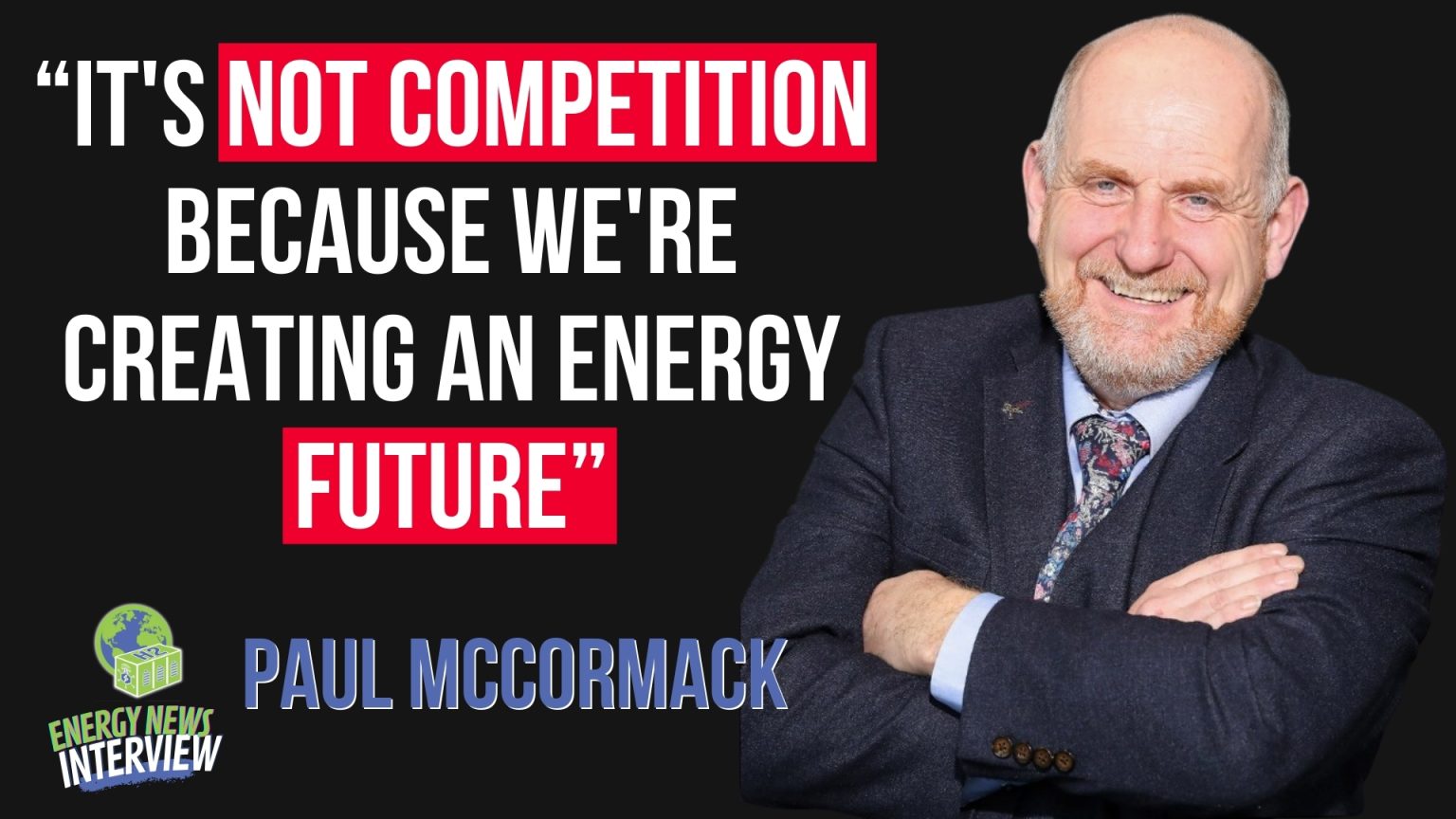The European Union’s target to produce 10 million tonnes of renewable hydrogen by 2030 hinges on a critical question: Can fragmented policies, competing national interests, and infrastructural gaps be overcome to unlock hydrogen’s role in the energy transition? Paul McCormack, CEO of Hydrogen Ireland, argues that success demands a radical rethinking of Europe’s approach—one that prioritizes agility, inclusivity, and systemic integration over rigid frameworks.
WATCH THE FULL INTERVIEW
The Regulatory Maze: Innovation vs. Incumbency
Europe’s hydrogen strategy faces immediate friction in its funding mechanisms. McCormack highlights the EU’s Hydrogen Bank auctions as emblematic of a system skewed toward large-scale incumbents, leaving smaller innovators in a “valley of death.” These auctions, while designed to accelerate project deployment, often reward financial muscle over regional potential. “Innovation isn’t just about scale,” McCormack notes, pointing to disparities in how countries like Ireland or Croatia, with distinct renewable resources and industrial needs, are sidelined by one-size-fits-all criteria.
The bloc’s regulatory environment exacerbates these challenges. Red tape, such as restrictive delegated acts under the Renewable Energy Directive (RED III), stifles flexibility. For instance, rigid additionality rules—requiring new renewable installations for green hydrogen production—ignore existing curtailed wind or solar energy that could be repurposed. This oversight wastes up to 25% of potential clean energy, a misstep in a region racing to decarbonize heavy industries like steel and cement.
Infrastructure Realities: Storage, Grids, and Geopolitics
Europe’s hydrogen backbone—a proposed network of pipelines and storage—must reconcile stark geographical disparities. While Germany and Spain leverage solar and wind, Eastern Europe’s potential as a solar “breadbasket” remains underutilized. McCormack emphasizes repurposing existing infrastructure, such as Balkan energy corridors, to avoid stranded assets and integrate Eastern Europe into the hydrogen economy. Yet, national interests risk fragmenting this vision.
Storage shortages further complicate progress. Salt caverns and liquefaction facilities are nascent, and McCormack warns against underestimating demand. His solution? Treat storage as a pan-European asset, akin to financial markets, where countries like Croatia or Ireland could store surplus energy for cross-border demand. This approach mirrors his broader thesis: Hydrogen’s value lies not in isolation but as a systemic enabler, bridging gaps between generation, distribution, and end-use sectors like aviation and shipping.
Collaboration Over Competition: China, Policy, and Public Trust
The EU’s temptation to lean on cheaper Asian electrolyzers risks replicating past offshoring mistakes. McCormack advocates for a “two-way exchange” with China, combining European innovation with Chinese scale, while retaining control over supply chains. This balance is crucial as Europe competes with U.S. tax incentives, which threaten to divert investment.
Public acceptance remains another hurdle. Fear of hydrogen’s inefficiencies or safety, amplified by skeptics, could delay pipelines and refueling stations. McCormack stresses reframing the narrative: Hydrogen isn’t a silver bullet but a catalyst for circular economies, where efficiency gains and repurposed infrastructure reduce reliance on fossil fuels without displacing communities.
The Path Forward: Flexibility and the “Total Cost” Equation
McCormack’s vision centers on “total cost” analysis—a holistic metric weighing economic, social, and environmental impacts. At Hydrogen Ireland’s October conference, policymakers and investors will confront this calculus, exploring how regional test beds (like Ireland’s pilot projects) can scale innovations across Europe. Key to this is reimagining legislation as “technology adaptive,” not neutral, to foster risk-tolerant environments for R&D.
For McCormack, hydrogen’s future hinges on policy agility. The EU must decentralize decision-making, allowing member states to tailor strategies to local resources and industries. Only then can hydrogen transcend its current niche, evolving from a contested fuel to a linchpin of Europe’s equitable energy transition.
As the EU grapples with these complexities, McCormack’s refrain lingers: “Hydrogen at the right cost, in the right place, at the right time” isn’t just pragmatic—it’s imperative for a bloc navigating competing priorities in the global clean energy race.
